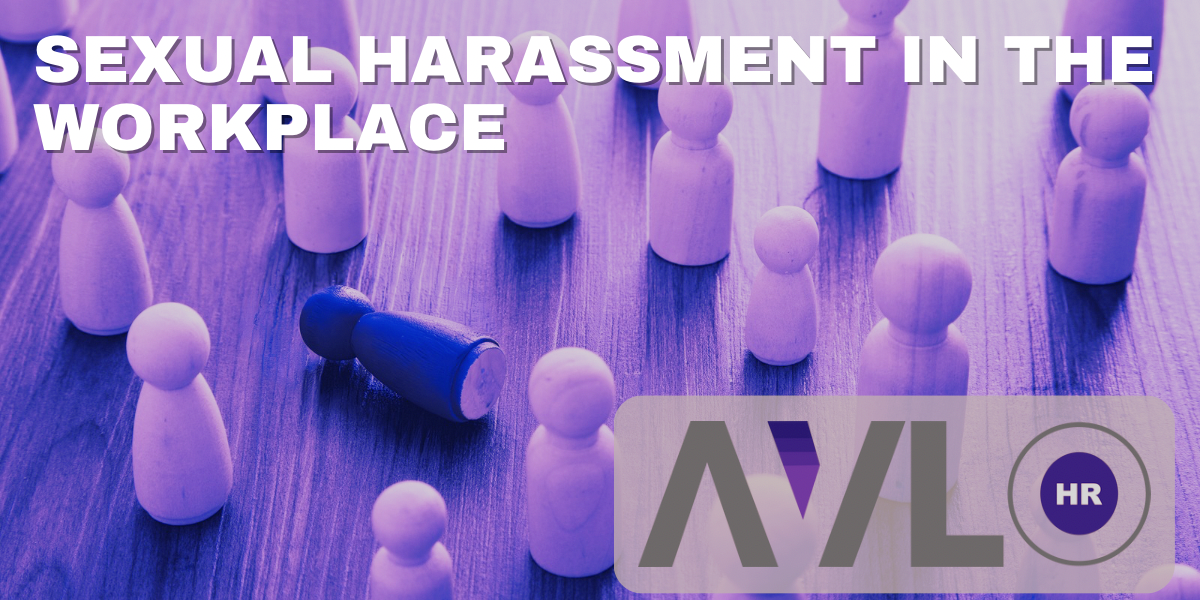From 26th October 2024 all employers will be required to do what they can to take reasonable steps to prevent sexual harassment in the workplace of employees in the course of their employment.
Current legislation
Sexual harassment in the workplace is already prohibited under the Equality Act 2010. Conduct is regarded as harassment if it has the effect of violating a person’s dignity or creating an intimidating, hostile, degrading, humiliating or offensive environment.
Employers do not need to have been aware of the conduct to be held liable for harassment by their employees if it occurs during employment. However, businesses have a defence to claims if they can show that they took “all reasonable steps” to prevent the harassment.
Should an employee win a sexual harassment claim and the employer has not fulfilled this duty, a tribunal may increase the compensation awarded to an employee by up to 25%.
New sexual harassment legislation
Additionally, with this new duty, the Equality and Human Rights Commission has gained enforcement powers to, for example:
- investigate potential breaches;
- serve notices requiring employers to prepare an action plan to remedy breaches and prevent future breaches;
As an employer, you need to be thinking about your new obligations and how to prevent harassment of all kinds in your business. This may include:
- identifying situations when workers may be subject to sexual harassment in the course of employment, and
- implement measures to prevent harassment taking place.
If sexual harassment has taken place, the preventative duty means an employer should take action to stop sexual harassment from happening again.
What is reasonable will depend on the employer’s size, sector, and resources, with larger employers expected to do more.

Preventing sexual harassment in the workplace
Whilst there is currently no guidance on what might constitute “reasonable steps” to prevent sexual harassment, we would suggest considering the following:
- Consider any risks and take steps to mitigate them. You could do this by considering exit interview feedback, details of any grievances raised and general workplace culture. You should also consider where risk could come from – is this only internal or could it come from customers, clients, suppliers or other third parties?
- Ensure that you have policies in place, for example, an equal opportunities policy covering harassment and a grievance procedure for employees to use if they have concerns.
- Make sure that all staff are aware of your policies and procedures.
- Provide training to all staff to ensure that they are aware that harassment of any kind is not acceptable as well as training for managers on how to deal with these types of issues.
- Consider whether you may need signage for customers or visitors stating that harassment will not be tolerated.
There might, of course, be other things which you wish to consider.
Please get in touch if you wish to discuss this in more detail or consider what policies, procedures or training you are required to implement.








